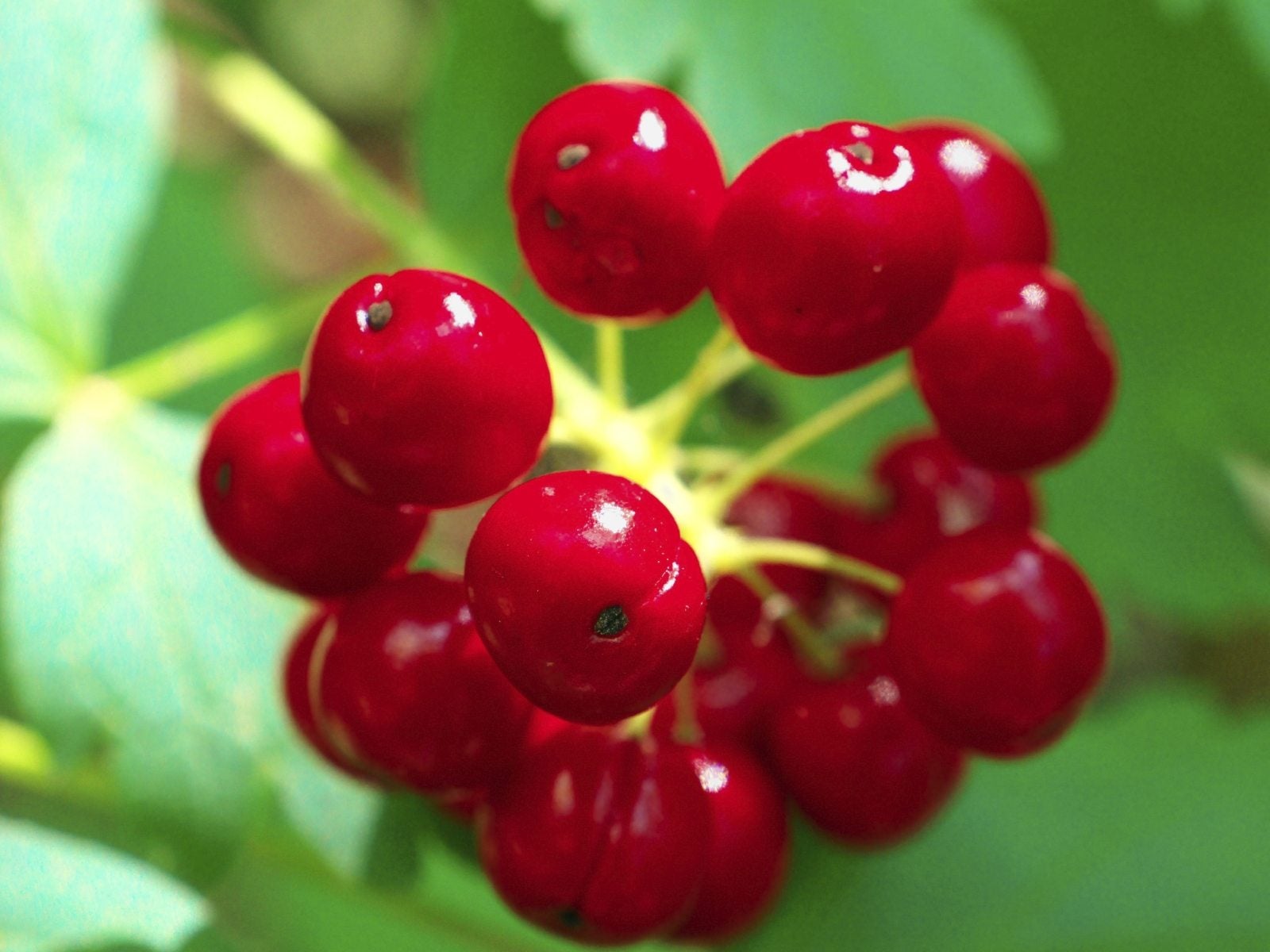Baneberry Plant Information: What Are Red Or White Baneberry Plants


If you enjoy spending time in the great outdoors, you may be familiar with the baneberry bush, an attractive plant that grows wild in higher elevations across much of North America. Learning to identify a baneberry bush is important, as the shiny little berries (and all parts of the plant) are highly toxic. Read on for more baneberry plant information.
Baneberry Identification
Two species of baneberry bushes are commonly found in North America – red baneberry plants (Actaea rubra) and white baneberry plants (Actaea pachypoda). A third species, Actaea arguta, is thought by many biologists to be a variant of red baneberry plants. All are bushy plants largely identified by long roots and large, feathery, saw-toothed leaves with fuzzy undersides. Racemes of small, fragrant, white flowers that appear in May and June are replaced by clusters of berries in late summer. The mature height of the plants is about 36 to 48 inches (91-122 cm.). The leaves of white and red baneberries are nearly identical, but the stems that hold the berries are much thicker in white baneberry plants. (This is important to note, as the fruit of red baneberries is occasionally white.) Red baneberry plants are known by a variety of names including red cohosh, snakeberry, and western baneberry. The plants, which are common in the Pacific Northwest, produce glossy, red berries. White baneberry plants are interestingly known as Doll’s Eyes for their odd-looking white berries, each marked with a contrasting black spot. White baneberries are also known as necklaceweed, white cohosh, and white beads.
Baneberry Bush Toxicity
According to Utah State University Extension, consuming baneberry plants can result in dizziness, stomach cramps, headaches, vomiting, and diarrhea. Eating just six berries can result in dangerous symptoms, including respiratory distress and cardiac arrest. However, eating one single berry can burn the mouth and throat. This, combined with the extremely bitter flavor, tends to discourage people from sampling more than one berry – good examples of nature’s built-in protective strategies. However, birds and animals eat the berries with no apparent problems. Although red and white baneberry plants are poisonous, Native Americans used highly diluted solutions to treat various conditions, including arthritis and colds. The leaves were beneficial in the treatment of boils and skin wounds.
Sign up for the Gardening Know How newsletter today and receive a free copy of our e-book "How to Grow Delicious Tomatoes".

A Credentialed Garden Writer, Mary H. Dyer was with Gardening Know How in the very beginning, publishing articles as early as 2007.